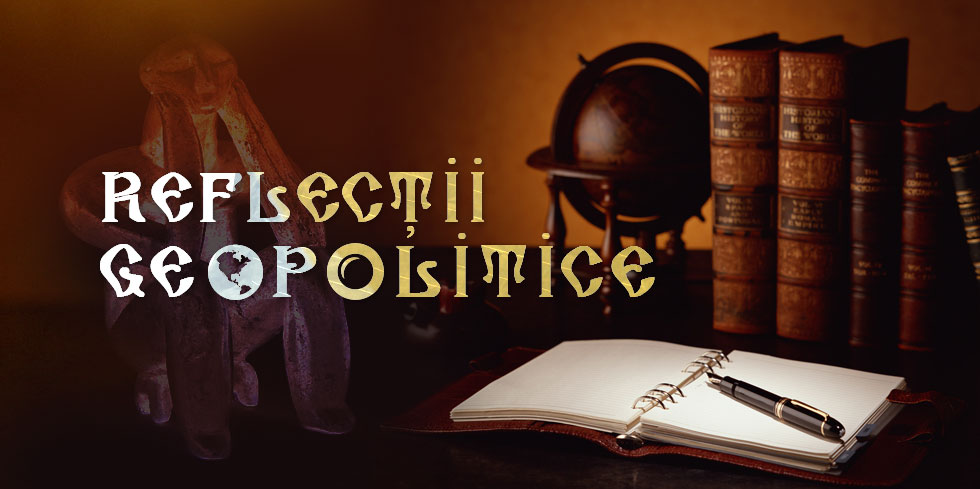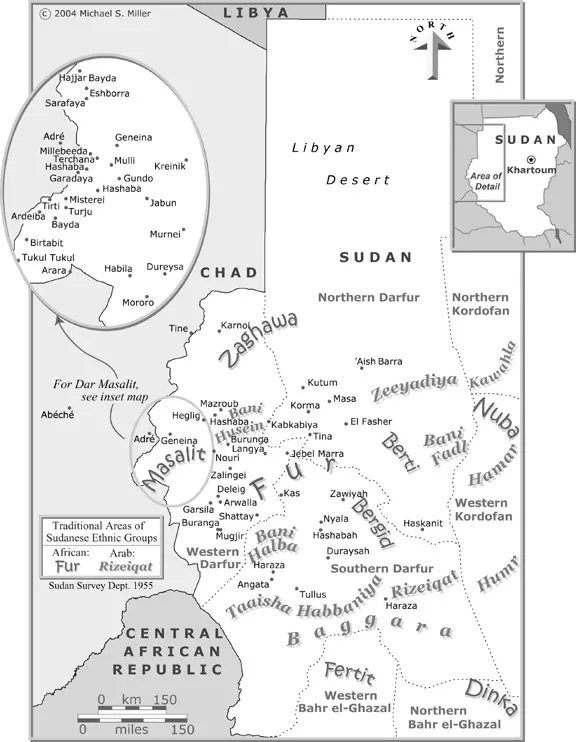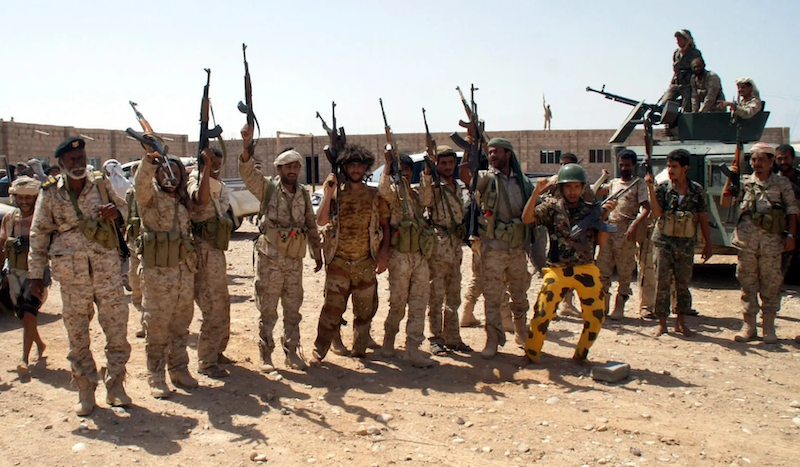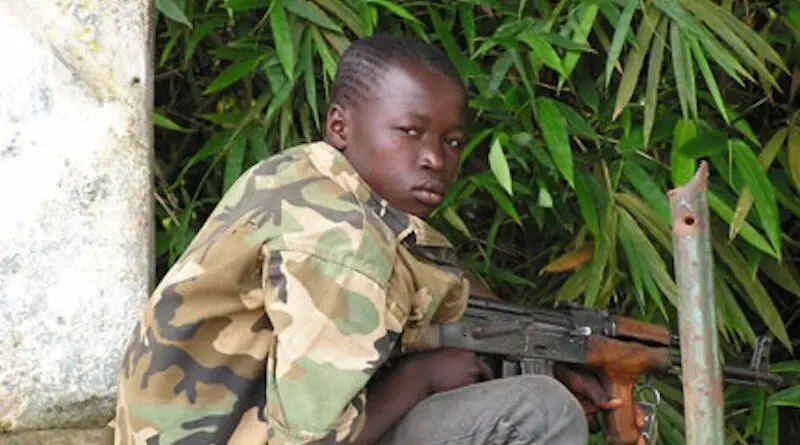Ansar Dine
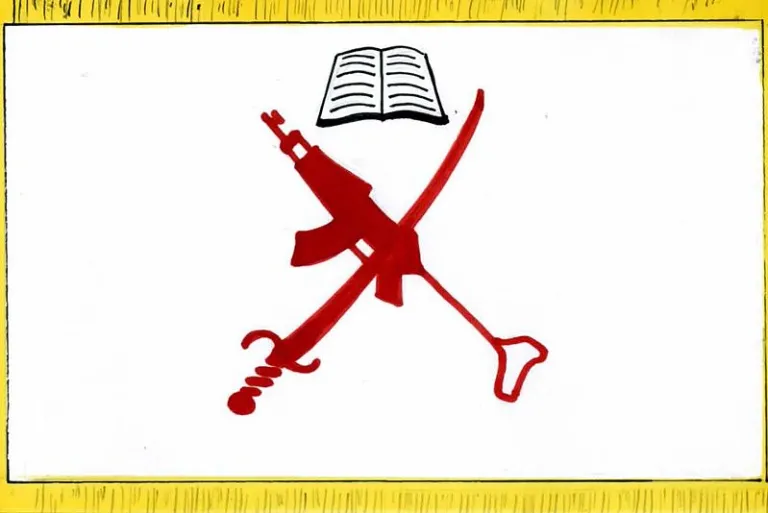
Established In: 2012
Established By: Unknown
Also Known As: Ansar al-Din, AAD
Country Of Origin: Mali
Leaders: Amadou Kouffa
Key Members: Amadou Kouffa
Operational Area: Mali, Senegal, Mauritania
Number Of Members: Unknown
Involved In: Armed Attacks, Bomb Attacks
